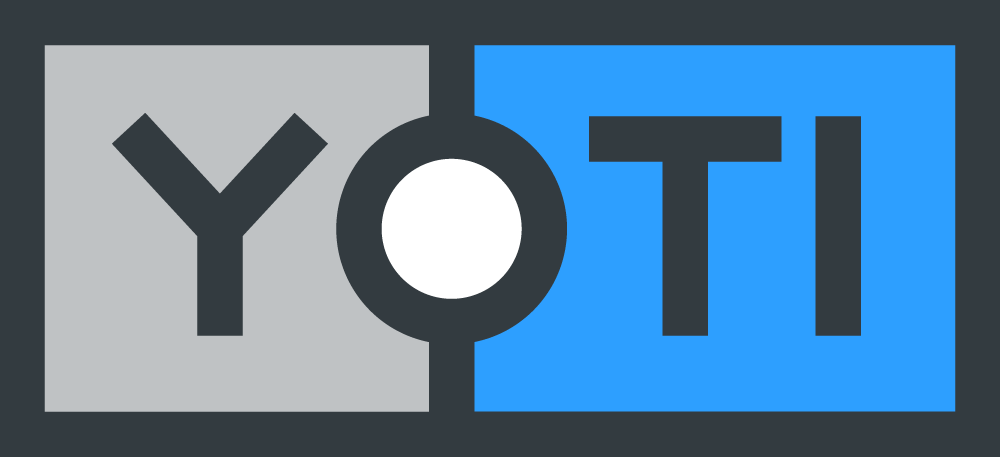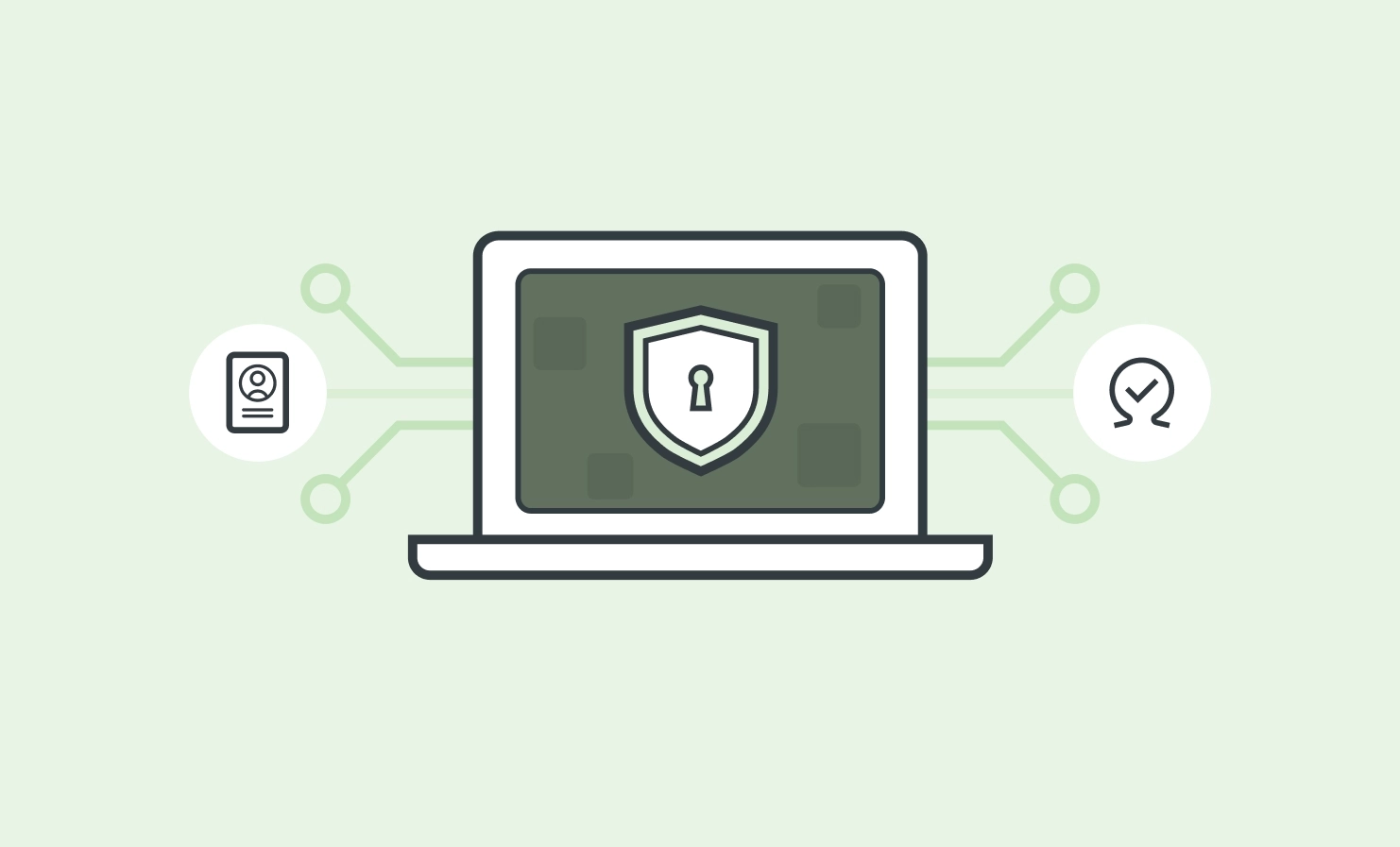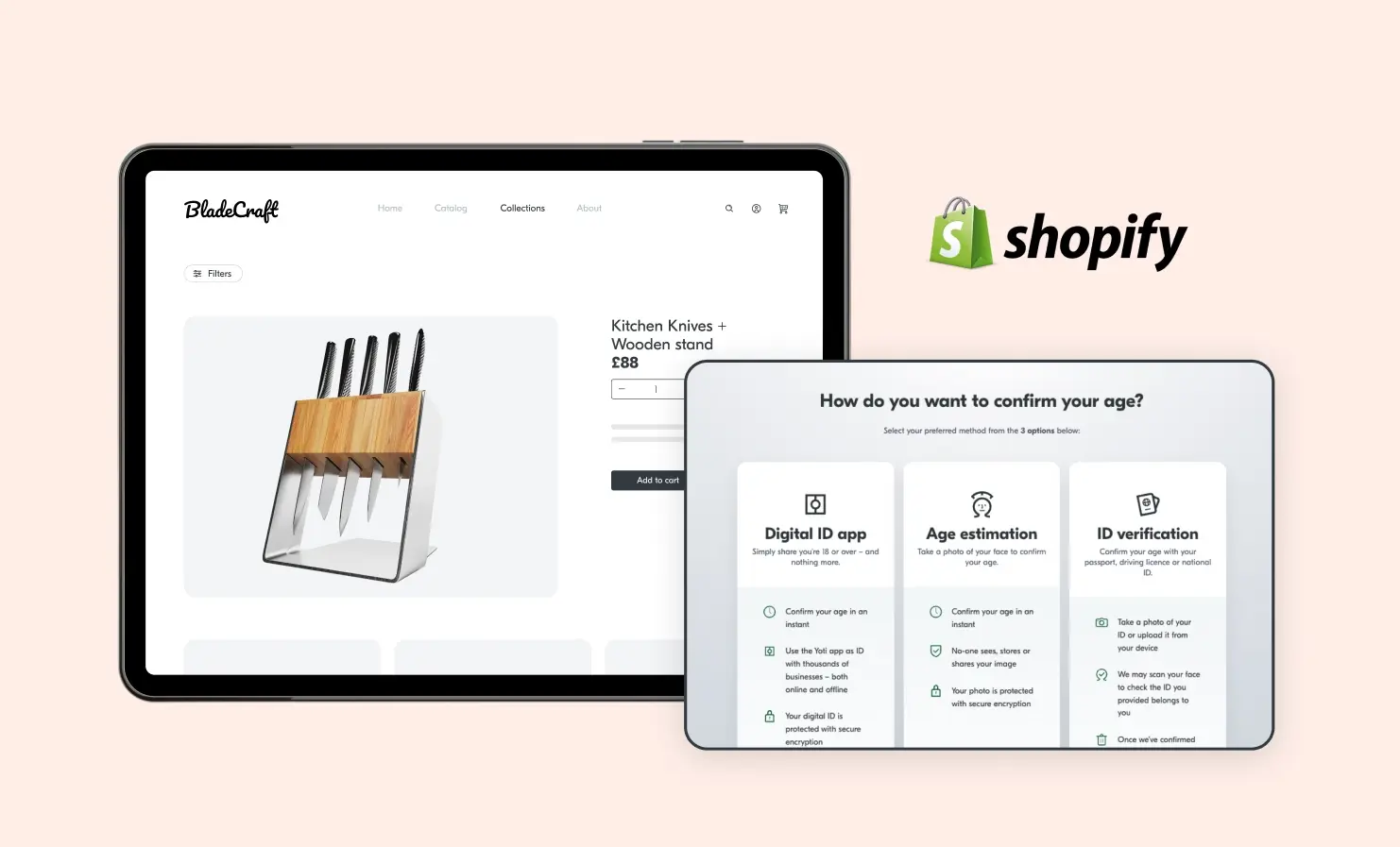
There is a lot of information available about OpenID Connect (OIDC). A quick search online and it’s easy to get lost in technical jargon and still be left clueless as to what it actually is and if it could be useful for your business.
In this blog, we cut through the noise and break it down for you.
How did OpenID Connect come to be?
Less than a decade ago, businesses in the online retail, search and social media spaces required you to set up an account and your details were stored.
This created two problems: you had to sign up on every website (and remember those credentials for the future), and in the online retail world, customers would often fill their baskets but not checkout due to the effort of having to create an account. Not to mention the administrative and security risks for businesses of storing customer information.
Enter OpenID Connect.
What is OpenID Connect?
Launched in 2014 by the OpenID Foundation, OIDC lets you use single sign-on (SSO) to access multiple sites using OpenID Providers. For example, logging in to Spotify using your Facebook account credentials.
OIDC is the third generation of OpenID technology and is now the leading online interface to achieve multiple domain SSO and prove your identity.
OIDC is web and mobile-friendly, as well as API friendly. If you’re interested in learning about the technical details, you can find more information about how it works here.
Some of the biggest brands are providers of OIDC, including Google, Apple, Microsoft, Facebook, X and Spotify. Any company who needs to capture customer credentials online and is keen to reduce barriers for users, should consider if OIDC is right for their business.
Let’s take a closer look at the benefits to both users and businesses.
Benefits of OpenID Connect
The main benefit for users is reduced time and effort in having to set up multiple accounts (and remember all those passwords!). You can visit the same website many times or navigate seamlessly across numerous websites without needing to sign in every time – particularly benefiting retail businesses with reduced barriers at the point of sale.
There may also be a feeling of trust for some users when interacting with a business for the first time if they can use their pre-existing credentials. This benefits businesses as they can rely on the trust users have in third party well-established brands in the space.
There are some drawbacks to OIDC to be aware of too.
Possible cons of OpenID Connect
To be effective, businesses are relying on users being willing to use OIDC in the first place. Users are increasingly aware of their online footprint and so may be wary of logging in with their social media credentials for example, thinking that they are sharing their entire profile. People are more cautious than ever before about businesses gaining access to their personal information and exploiting it.
The authorisation of OIDC could also come into question in some circumstances. For instance, when you log in with Google:
- If you’re already logged in to Google in the same browser that you’re asked to “log in with Google” (on another website), you won’t be asked to enter your password again
- If you aren’t already logged in to Google, the other website will you ask for your password to prove its you
With option 1, anyone with access to your laptop or mobile would be able to browse online via your credentials, without being asked for a password.
And there you have it – OpenID Connect in a nutshell. If you have any other questions about OIDC, please get in touch.



